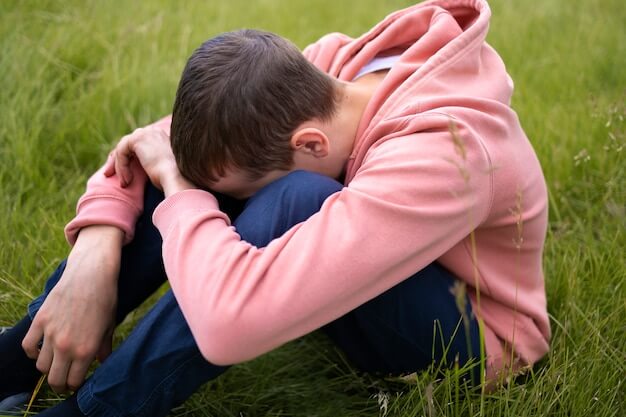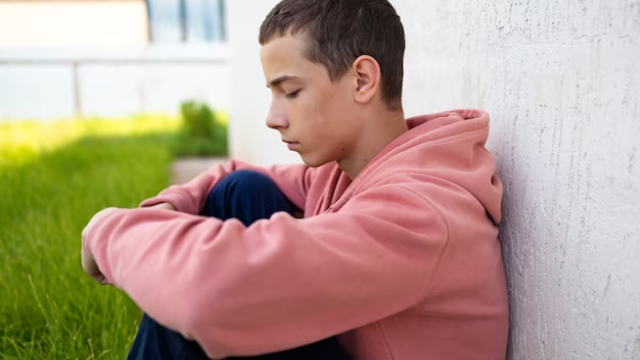"Do you really know what anxiety is?" I often ask children who are in anxiety. Children usually give plausible answers. Their feelings about anxiety are real, but they don't know what anxiety is.
Generally, anxiety has three different components: children's thoughts when they are anxious, their body feelings when they are anxious, and their behavior patterns of escape. The purpose of distinguishing the components of anxiety is to make the child understand that what really bothers him is not only his own situation, but also his own judgment of the situation and his own habit of dealing with problems.

For example, some children think that the start of school makes them unable to continue to play, so they will naturally feel irritated by the school life after the start of school, and then hate learning. If children hate learning and cannot face the consequences of falling academic performance, they will cause double anxiety. Therefore, it is not the matter of "opening school" that makes children anxious, but the way they process the situation. It is very important to help children capture their thoughts when they are anxious, which is the source of their anxiety control.
Finding unreasonable cognition and carrying out correct psychological education for children can eliminate some anxiety. At the same time, we need to cooperate with the change of children's actions to enhance their self-control ability. For example, children will have stomach pain, headache and other over-alert situations under anxiety. Parents should let children learn to monitor this uncomfortable situation, and then use relaxation techniques to alleviate it. Relaxation techniques include not only simple muscle relaxation, such as deep breathing and meditation, but also child-specific relaxation such as painting and music. In short, children can only have one feeling at the same time. When they are nervous, they can't feel relaxed. When they are relaxed, they will not be nervous. By replacing anxiety with a positive feeling, children can gradually find a sense of control and relieve anxiety.

Of course, anxiety is also closely related to the surrounding environment. It is urgent to identify and change these adverse factors. For example, when children feel anxious about the new environment, we should carefully analyze whether children do not adapt to the teacher's teaching style, or are there peer bullying? Are children anxious about learning, lack of methods or afraid of being punished for failing in exams? Find out these cruxes and make appropriate response plans. The more detailed the plan is, the better. For example, once a child feels anxious in school, which teacher can provide help, or how to mark the learning content that the child will not encounter, and how to solve it afterwards, etc. It is necessary to rehearse these strategies in advance to make children feel at ease.
In short, helping children cope with anxiety needs both internal and external training. Enhance children's awareness and self-control of anxiety, and encourage family and school participation. Only by changing the inadaptable cognitive model, reducing the risk factors in the family, and creating an adaptable and developmental coping model can we systematically solve problems and truly help children.
It is a normal phenomenon for children to have anxiety because of the beginning of school. However, if parents are used to excessive protection, or always give inappropriate emotional response, which aggravates and generalizes children's anxiety, then the beginning of school anxiety may also become anxiety disorder. Please remember that children, even if they are young, have worries, and will also be injured by their parents' improper education methods.


